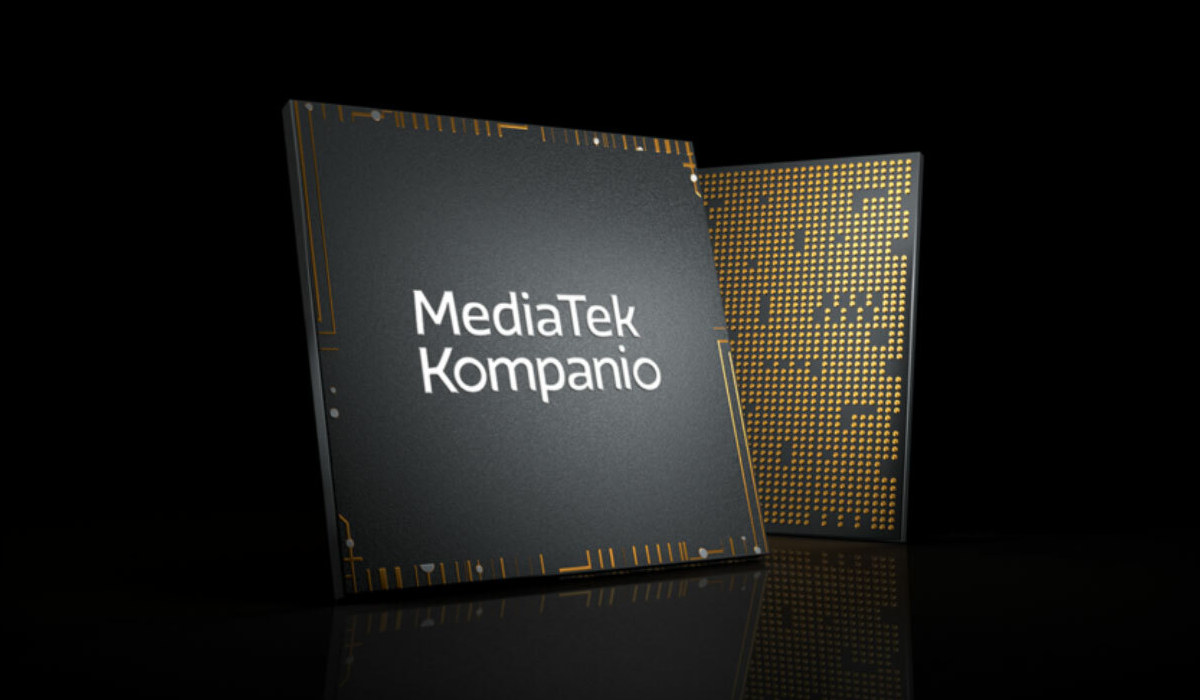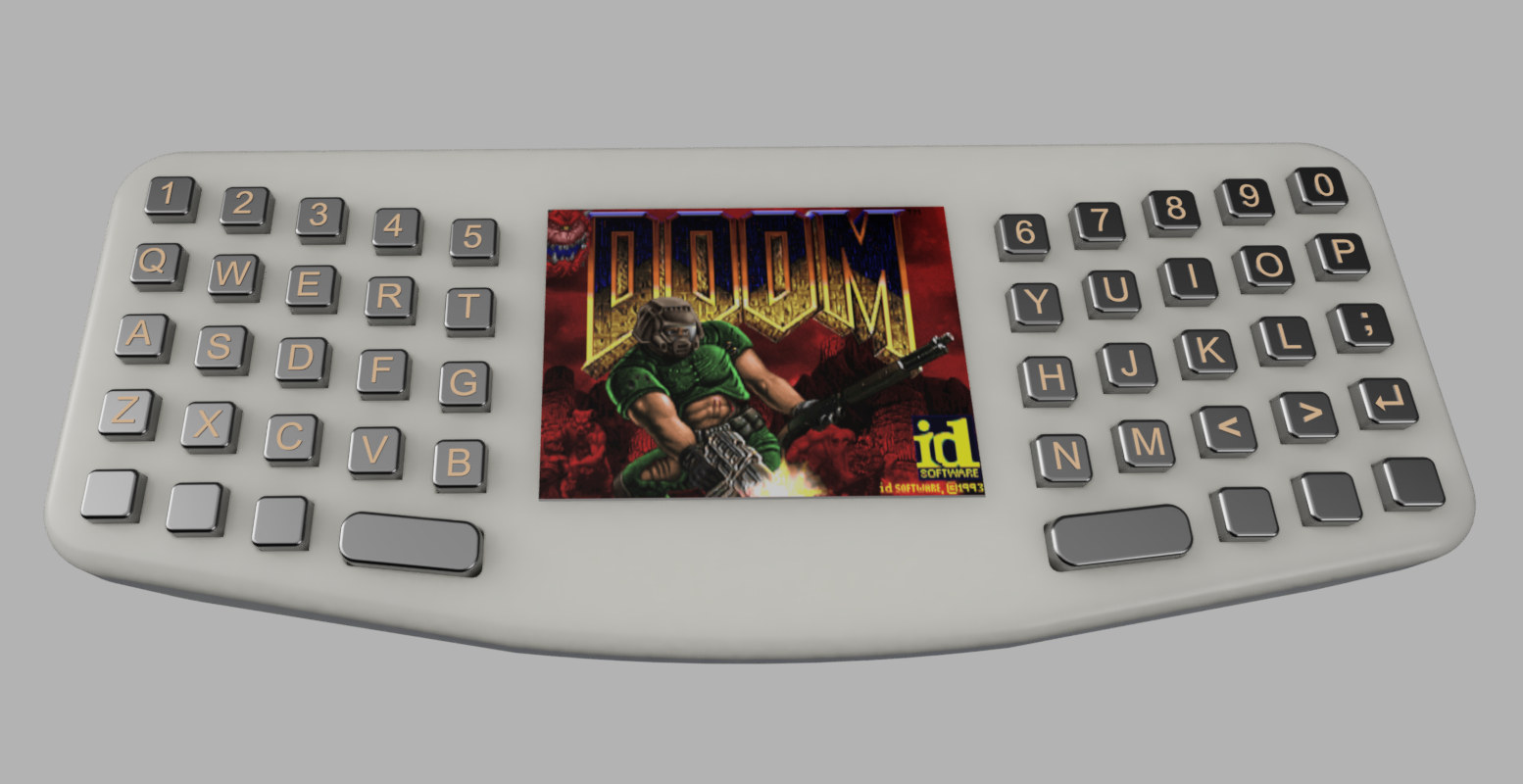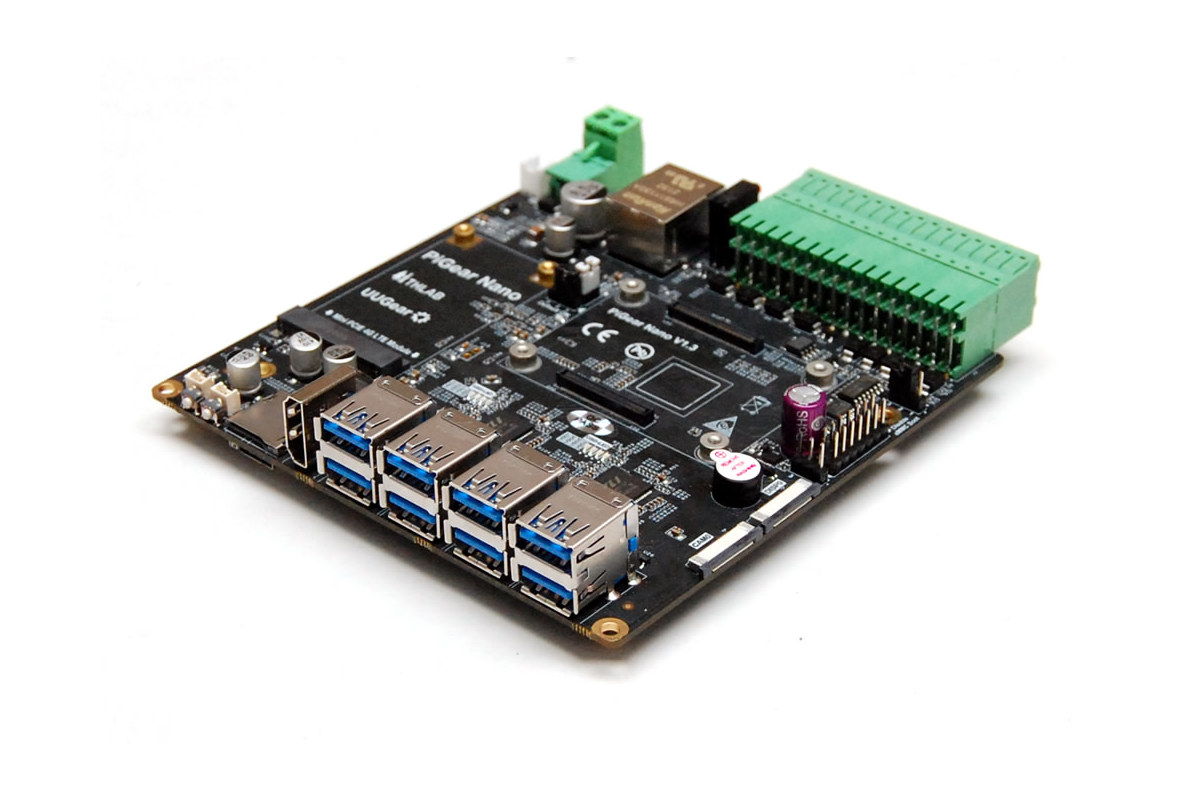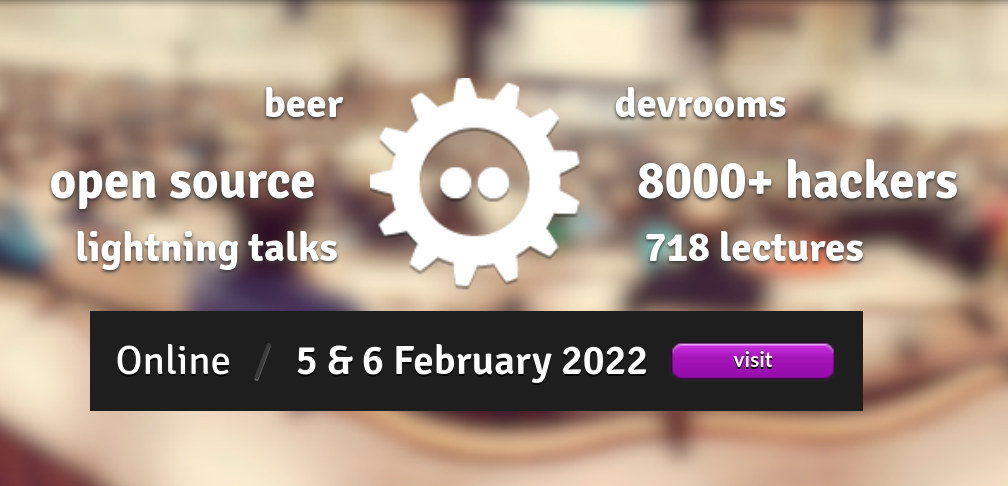Getting an Arm platform that works with mainline Linux may take several years as the work is often done by third parties, and the silicon vendor has its own Linux tree. That means in many cases, the software is ready when the platform is obsolete or soon will be. It would be nice to start software development before the hardware is ready. It may seem like a crazy idea, but that’s what the team at Collabora has done to add support for Arm “Valhall” GPUs (Mali-G57, Mali-G78) to the Panfrost open-source GPU driver. The result is that it only took the team a few days to successfully pass tests using data structures prepared by their Mesa driver and shaders compiled by their Valhall compiler after receiving the actual hardware thanks to the work done in the last six months. So how did they achieve this feat exactly? We have to […]
MediaTek Kompanio 1380 Cortex-A78/55 processor is designed for premium Chromebooks
MediaTek Kompanio 1380 is a 6nm octa-core Cortex-A78/A55 processor clocked at up to 3.0 GHz designed for premium Chromebooks such as the new Acer Chromebook Spin 513 (CP513-2H), which will compete against the company’s Snapdragon 7c based Chromebook Spin 513 (CP513-1H). The processor supports LPDDR4x memory, UFS and eMMC storage, up to three displays, for example, the main display plus two external HDMI displays, WiFI 6/6E, and offers high-performance interfaces such as PCIe Gen 3 and USB 3.2 Gen 1. MediaTek Kompanio 1380 (MT8195T) processor specifications: Octa-core CPU 4x Arm Cortex-A78 cores @ up to 3.0 GHz 4x Arm Cortex-A55 cores @ up to 2.0 GHz GPU – Arm Mali-G57 MC5 AI accelerator – MediaTek APU 3.0 up to 4 TOPS VPU Video Playback – 4K HDR H.264, H.265 / HEVC, VP9, AV1 Video Encoding – 4K HDR H.264, H.265 / HEVC Memory – LPDDR4x @ 2133 MHz Storage – […]
The Eclipse Oniro Project aims to deliver consumer & IoT software that works across multiple platforms
Several of the embedded talks at FOSDEM 2022 mention the “Eclipse Oniro Project”. I had never heard about that project from the Eclipse Foundation, so let’s see how they describe it: Oniro is an Eclipse Foundation project focused on the development of a distributed open source operating system for consumer devices, regardless of the brand, model, make. Oniro is a compatible implementation for the global market of OpenHarmony, an open source operating system specified and hosted by the OpenAtom Foundation. Designed with modularity in mind, Oniro offers greater levels of flexibility and application portability across the broad spectrum of consumer and IoT devices — from tiny embedded sensors and actuators, to feature rich smart appliances and mobile companions. As a distributed and reusable collection of open source building blocks, Oniro enables compatibility with other open source technologies and ecosystems. Through close collaboration with projects and foundations such as OpenHarmony from […]
Allwinner F1C100s handheld computer should cost $15 to manufacture
Brian Benchoff’s “minimum viable computer’” is a Linux handheld computer powered by an Allwinner F1C100s ARM9 processor that could fit into your pocket and should cost about $15 (BoM cost) to manufacture in quantity. The open-source hardware Linux “computer” comes with 32MB or 64MB RAM, a 2.3-inch color display, a 48-key keyboard, a USB port, and is powered by two AAA batteries. Don’t expect a desktop environment, but it can run a terminal to execute scripts, or even run Doom. Minimum viable computer specifications: SoC – Allwinner F1C100s ARM926EJ-S CPU @ 533 MHz with 32 MB DDR built-in (Upgradable to 64 MB with the pin-compatible F1C200s) Storage – 64GB MicroSD card Display – 2.3” IPS TFT display with 320 x 240 resolution (ILI9342 SPI controller) USB – USB 2.0 Type-A port Keyboard – 48-key keyboard with a silicone membrane (just like most TV remote controls) Misc – Power button, 6-pin […]
Sigfox is in financial trouble
While there are many LPWAN standards, in recent years, we wrote mostly about LoRaWAN, NB-IoT & LTE Cat M1/2, as well as Sigfox to a lesser extent. The company managing the latter, also called Sigfox appears to be in financial trouble with the company placed in “redressement judiciaire”, a court-supervised business recovery/turnaround procedure in French law that looks to be similar to Chapter 11 bankruptcy in the US, and sometimes also translated as “receivership”. LTE IoT standards like NB-IoT and Cat M1/M2 rely on the vast infrastructure established for phones, while LoRaWAN allows the community and private companies to build their own network with gateways, but Sigfox decided to build and own their network and charge a monthly/yearly fee per device to access the network. Sigfox has extensive coverage in Europe, South Africa, Japan and South Korea, New Zealand, and part of South East Asia, but more sporadic coverage in […]
DirectFB2 project brings back DirectFB graphics library for Linux embedded systems
DirectFB2 is a new open-source project that brings back DirectFB, a graphics library optimized for Linux-based embedded systems that was popular several years ago for 2D user interfaces but has since mostly faded away. DirectFB2 attempts to preserve the original DirectFB backend while adding new features such as modern 3D APIs like Vulkan and OpenGL ES. I personally used it in 2008-2009 while working with Sigma Designs media processors that relied on the DirectFB library to render the user interfaces for IPTV boxes, karaoke machines, and so on. I remember this forced me to switch from a MicroWindows + Framebuffer solution, but the DirectFB API was easy enough to use and allowed us to develop a nicer user interface. I found out about the new project while checking out the FOSDEM 2022 schedule and a talk entitled “Back to DirectFB! The revival of DirectFB with DirectFB2” which will be presented […]
PiGear Nano – A Nano-ITX Raspberry Pi CM4 carrier board with 7-30V DC input
PiGear Nano is an Nano-ITX carrier board for Raspberry Pi CM4 (Compute Module 4) designed for industrial applications with a -30°C to +80°C temperature range, 7 to 30V DC input, as well as RS232, RS485, and CAN bus interfaces. The board also features one Gigabit Ethernet port, one HDMI port, MIPI DSI and CSI display & camera interface, M.2 SSD storage, eight USB 3.0 ports, mini PCIe and SIM card sockets for 4G LTE cellular connectivity, and various digital input and output interfaces. Pigear Nano specifications: Supported SoM – Raspberry Pi CM4 and CM4 Lite modules Storage – 1x NVMe SSD M.2 socket, 1x MicroSD card slot for Compute Module 4 Lite only Display I/F – 1x HDMI Type-A connector, 1x MIPI DSI interface x 1 Camera I/F – 1x MIPI CSI interface Networking 1x Gigabit Ethernet RJ45 port Optional 4G LTE/GPRS via mini PCIe socket plus SIM card slot […]
FOSDEM 2022 schedule with embedded Linux, IoT, automotive… sessions
While typically taking place in Brussels, Belgium, FOSDEM 2022 will take place online just like FOSDEM 2021 due to COVID-19 restrictions. The good news is that it means anybody can attend it live from anywhere in the world, and makes it more like “FOSDIM”, replacing European with International, in “Free and Open Source Developers’ European Meeting”. FOSDEM 2022 will take place on February 5-6 with 637 speakers, 718 events, and 103 tracks. I’ve made my own little virtual schedule below mostly with sessions from the Embedded, Mobile and Automotive devroom, but also other devrooms including “Computer Aided Modeling and Design”, “FOSS on Mobile Devices”, “Libre-Open VLSI and FPGA”, and others. Saturday, February 5, 2022 12:30 – 13:00 – Five mysteries in Embedded Linux by Josef Holzmayr Once you start out in embedded Linux, there is a lot to do. Some things are obvious, some less so. First and foremost, […]










